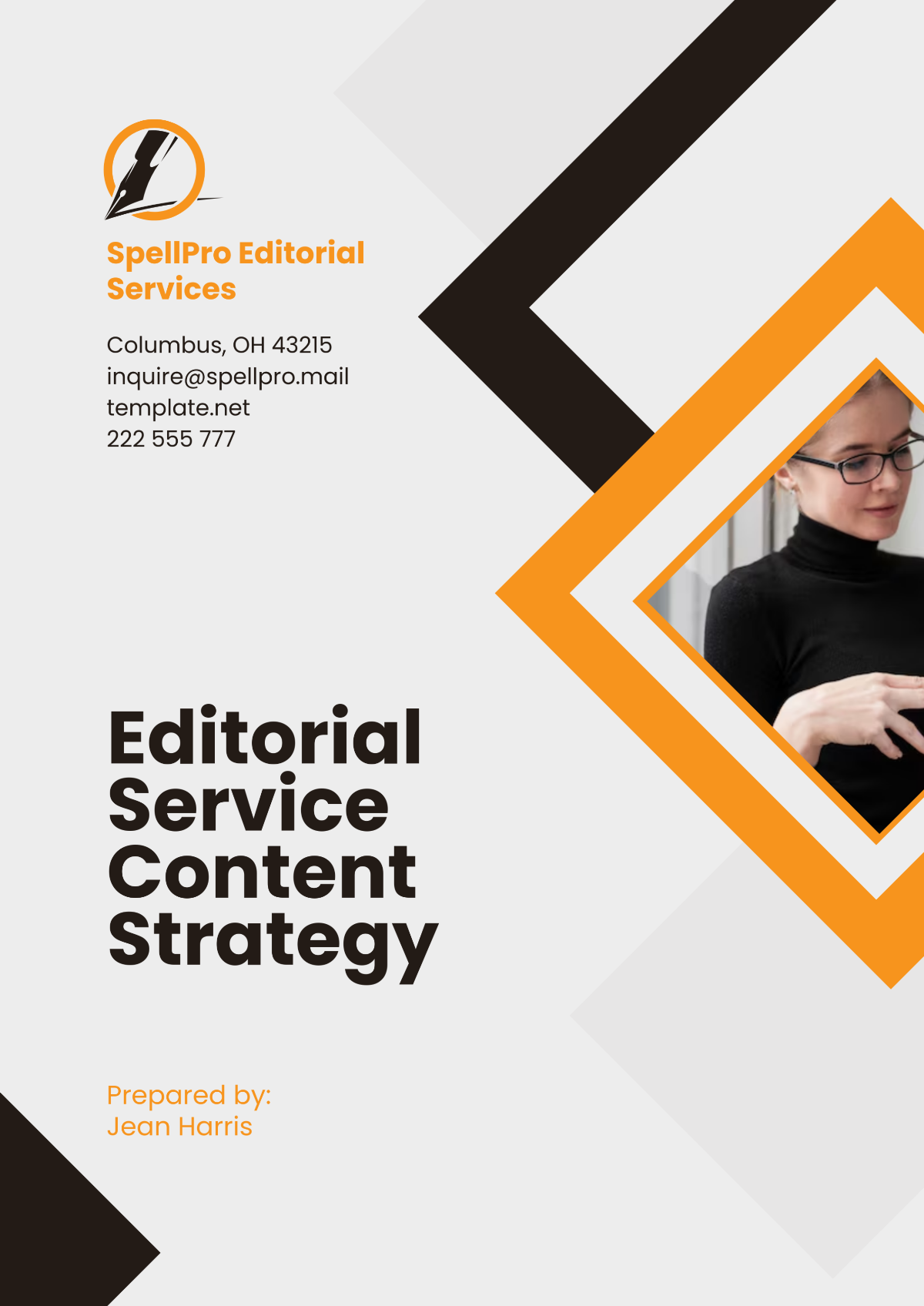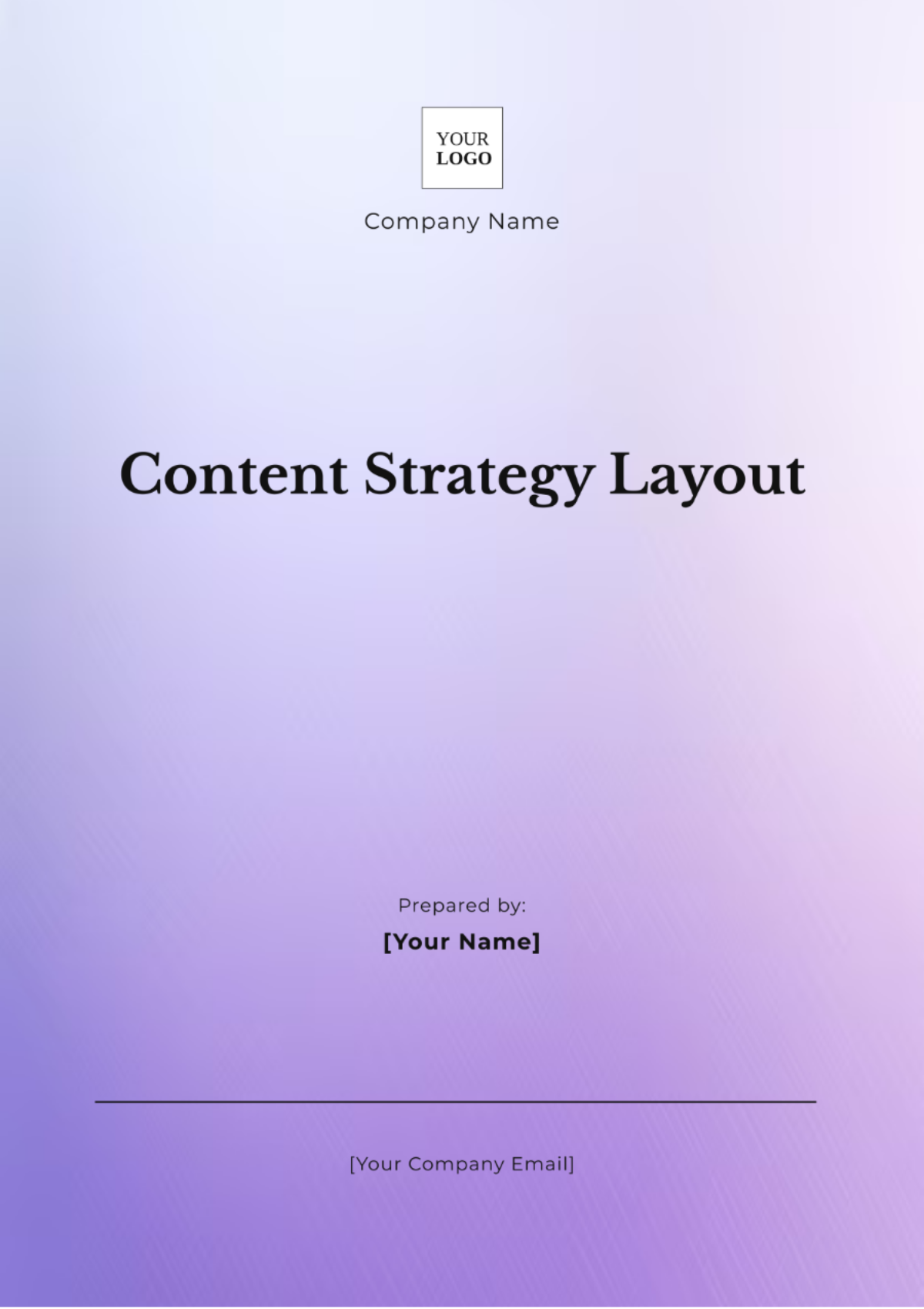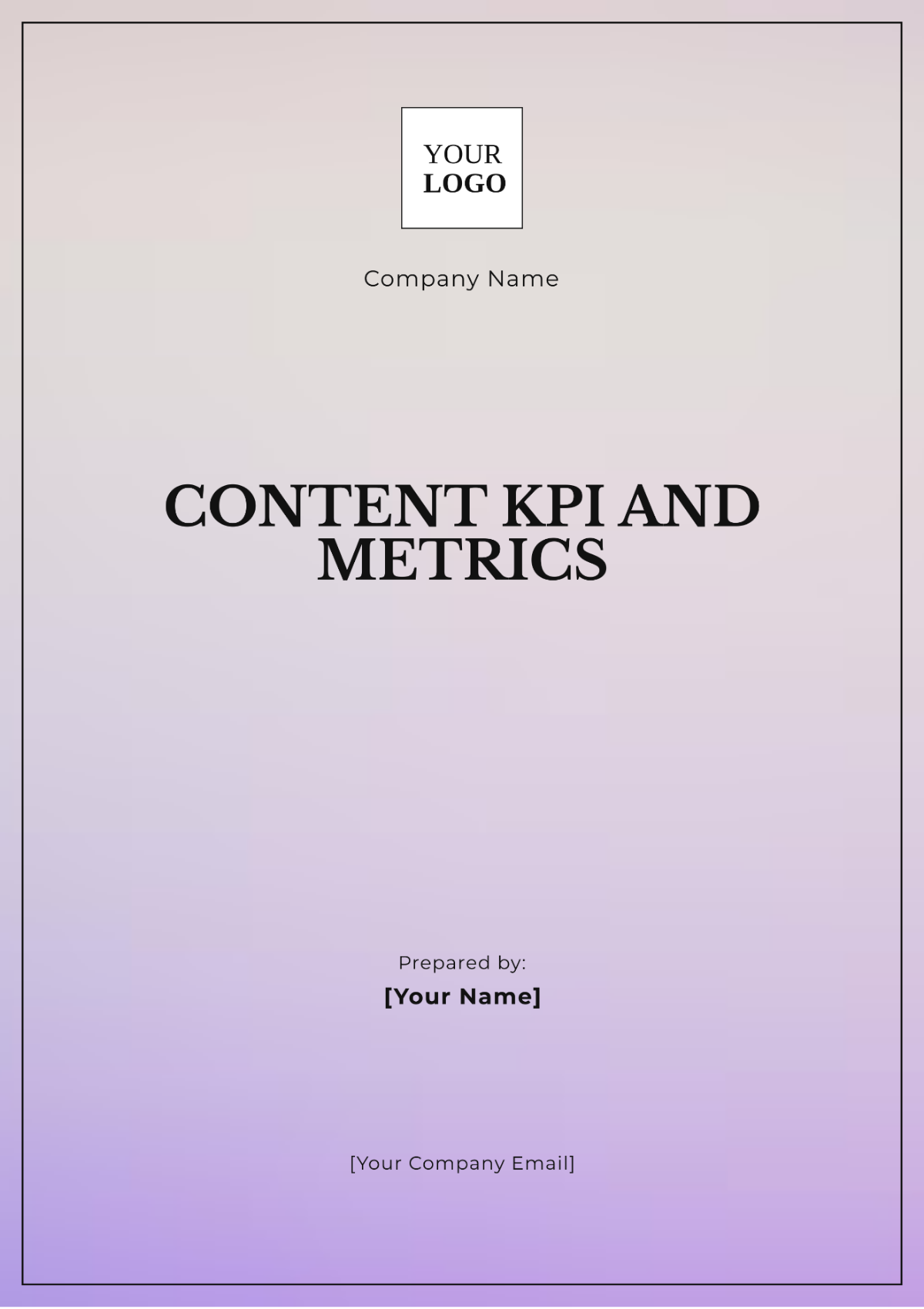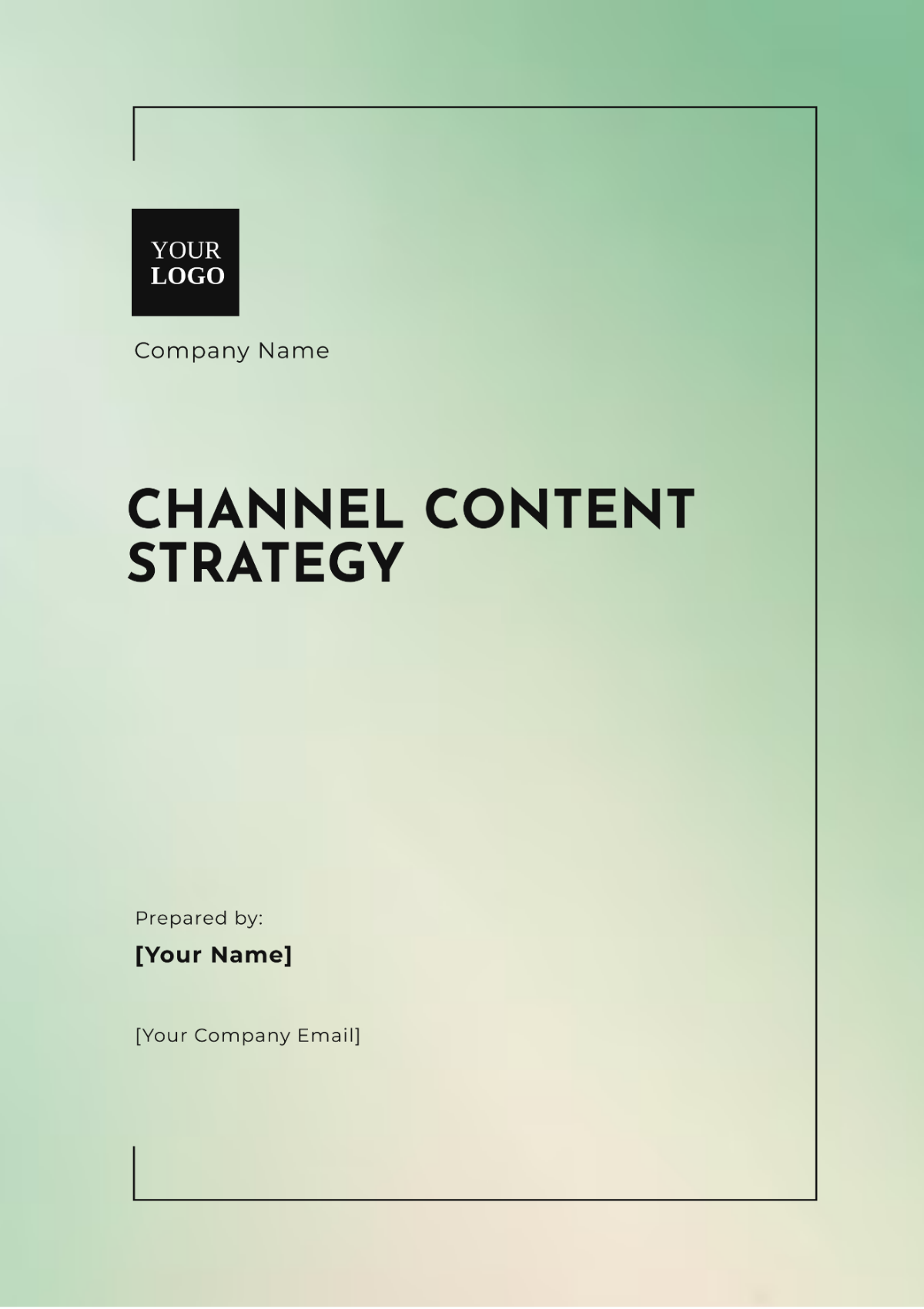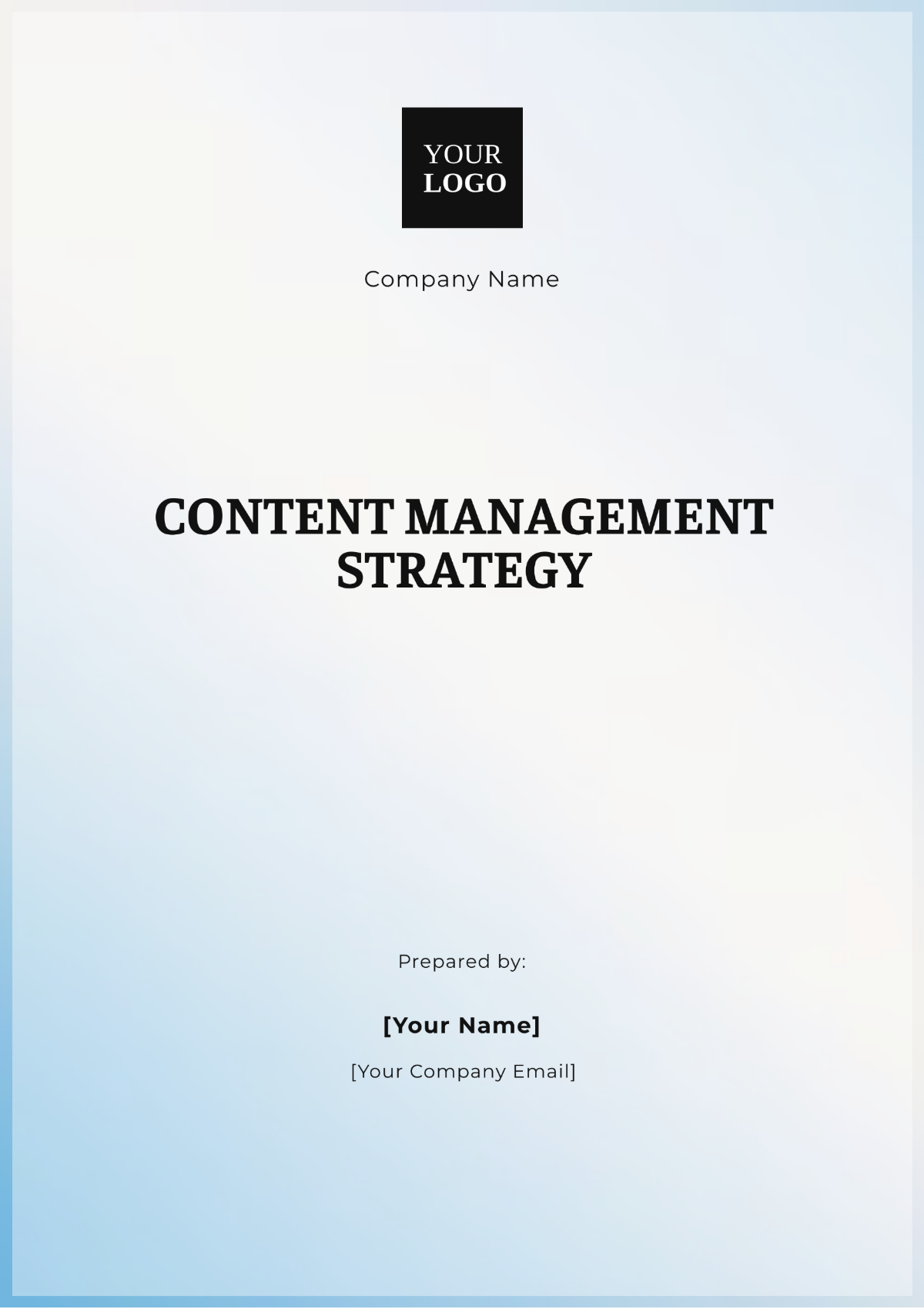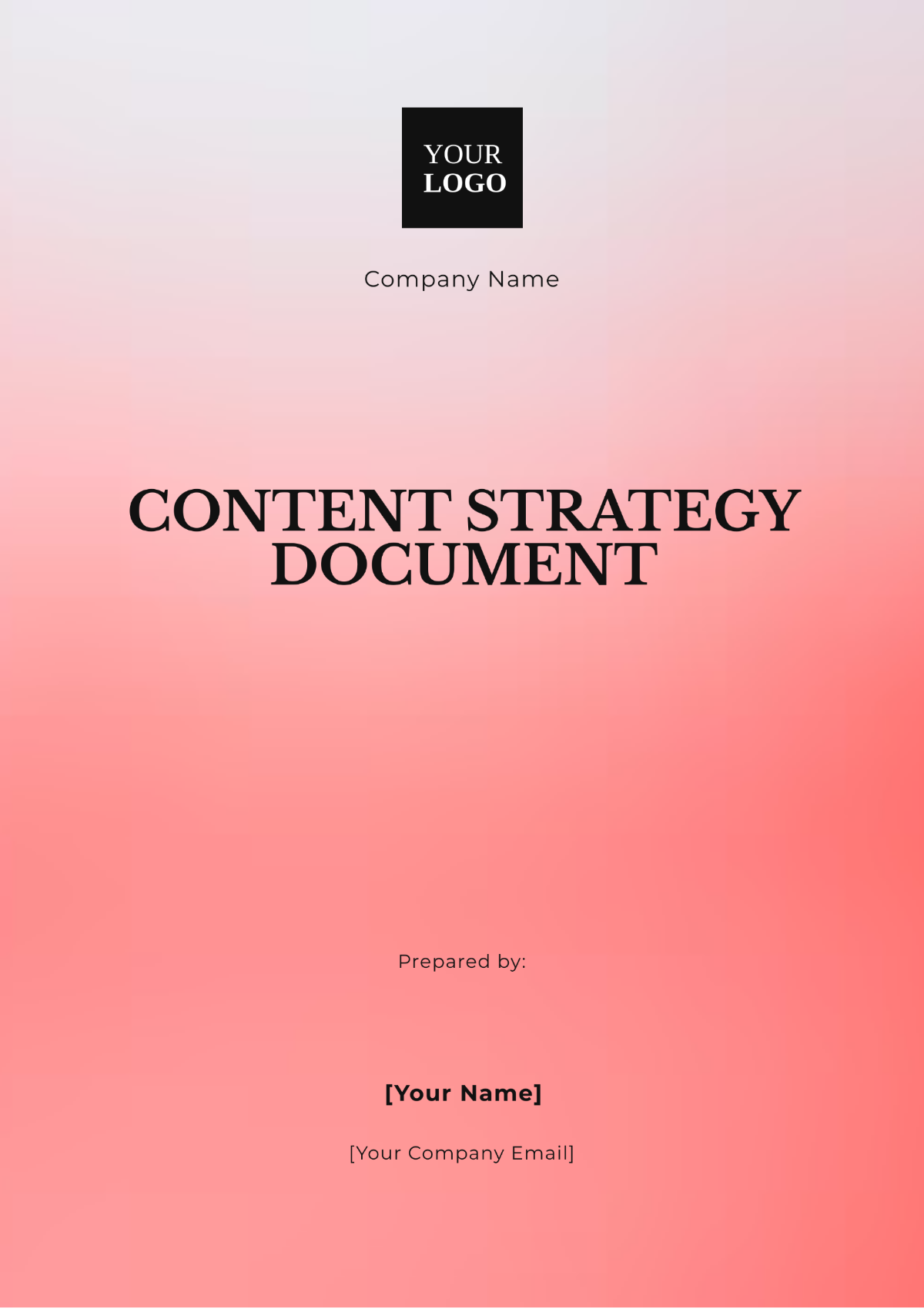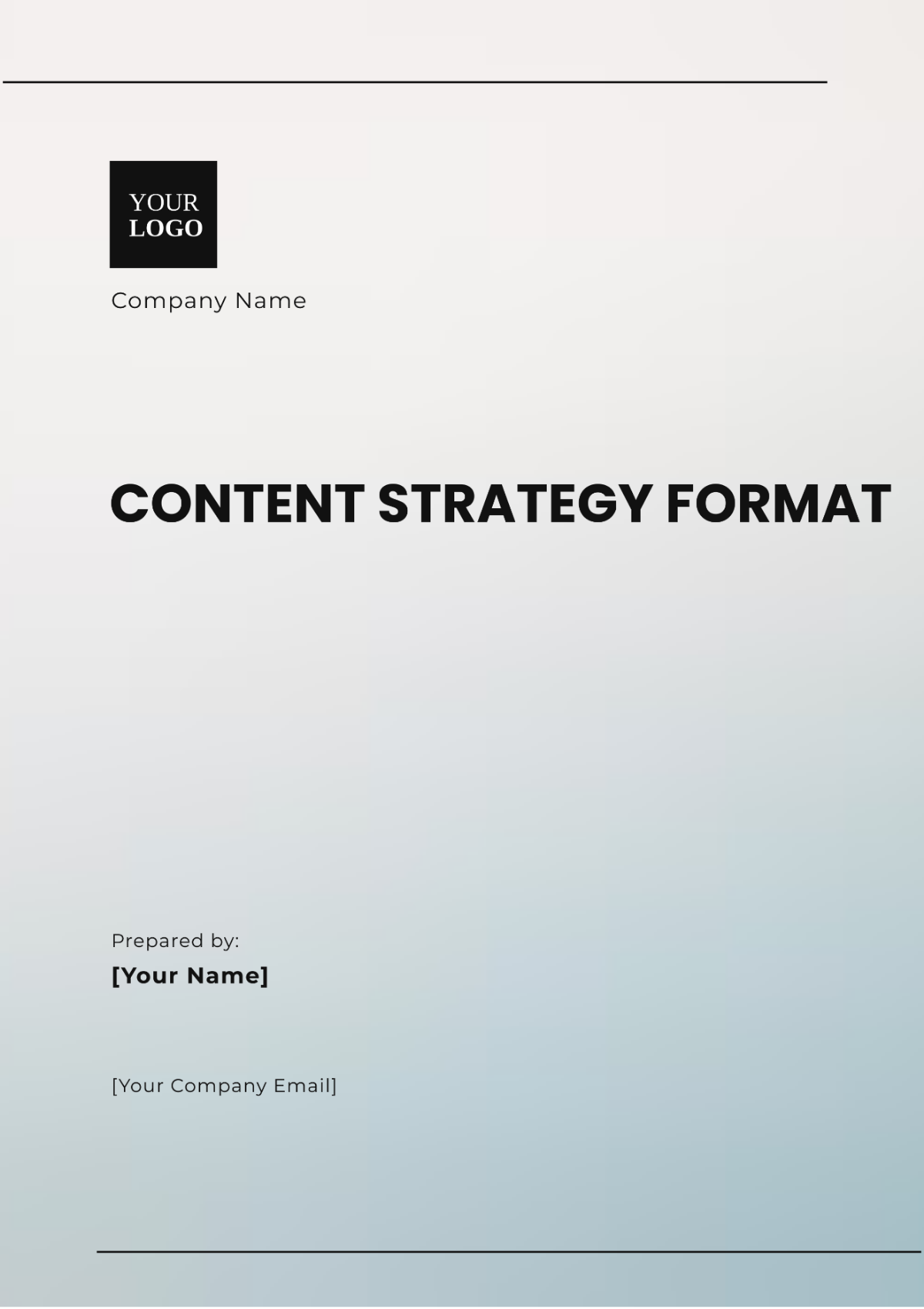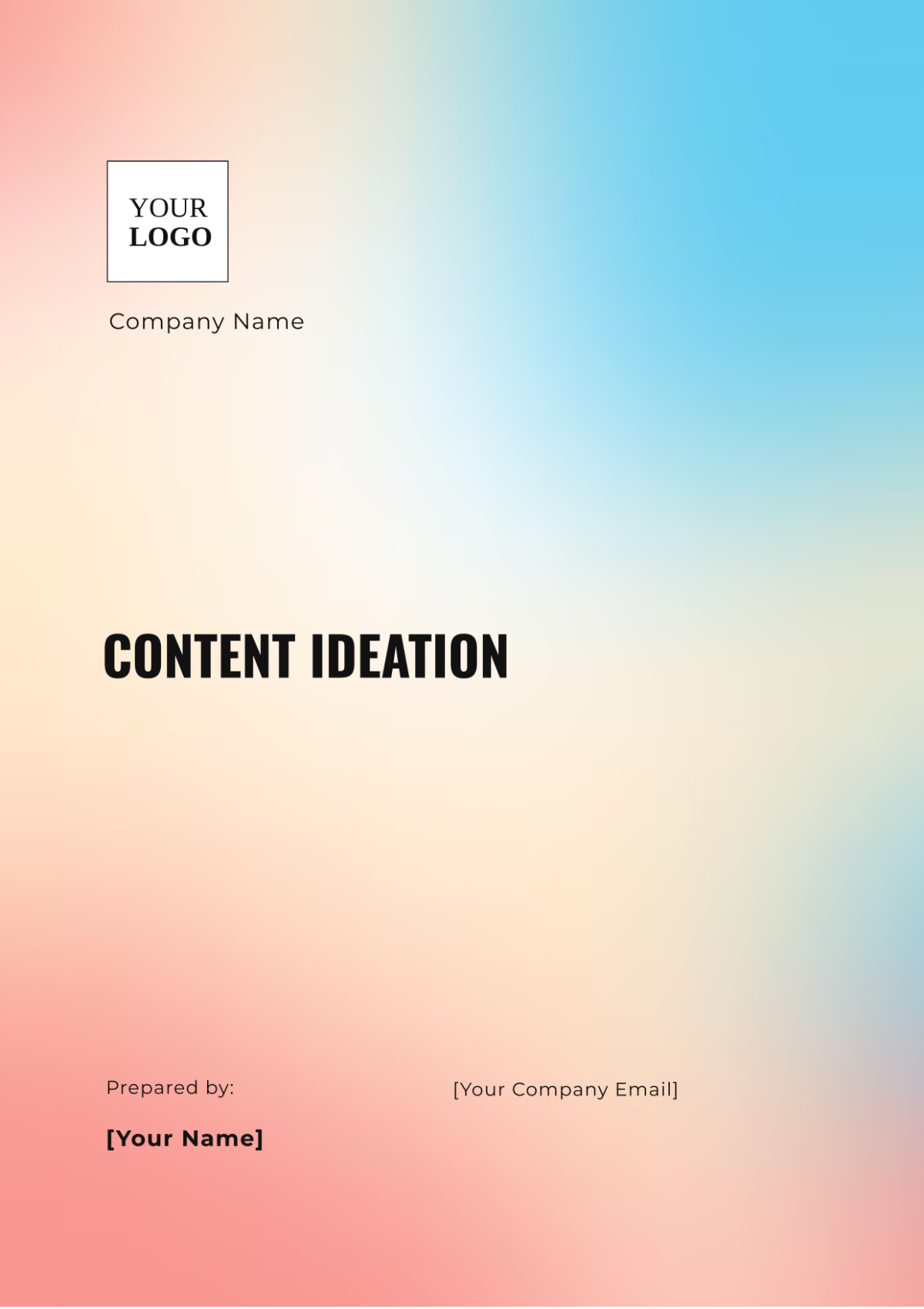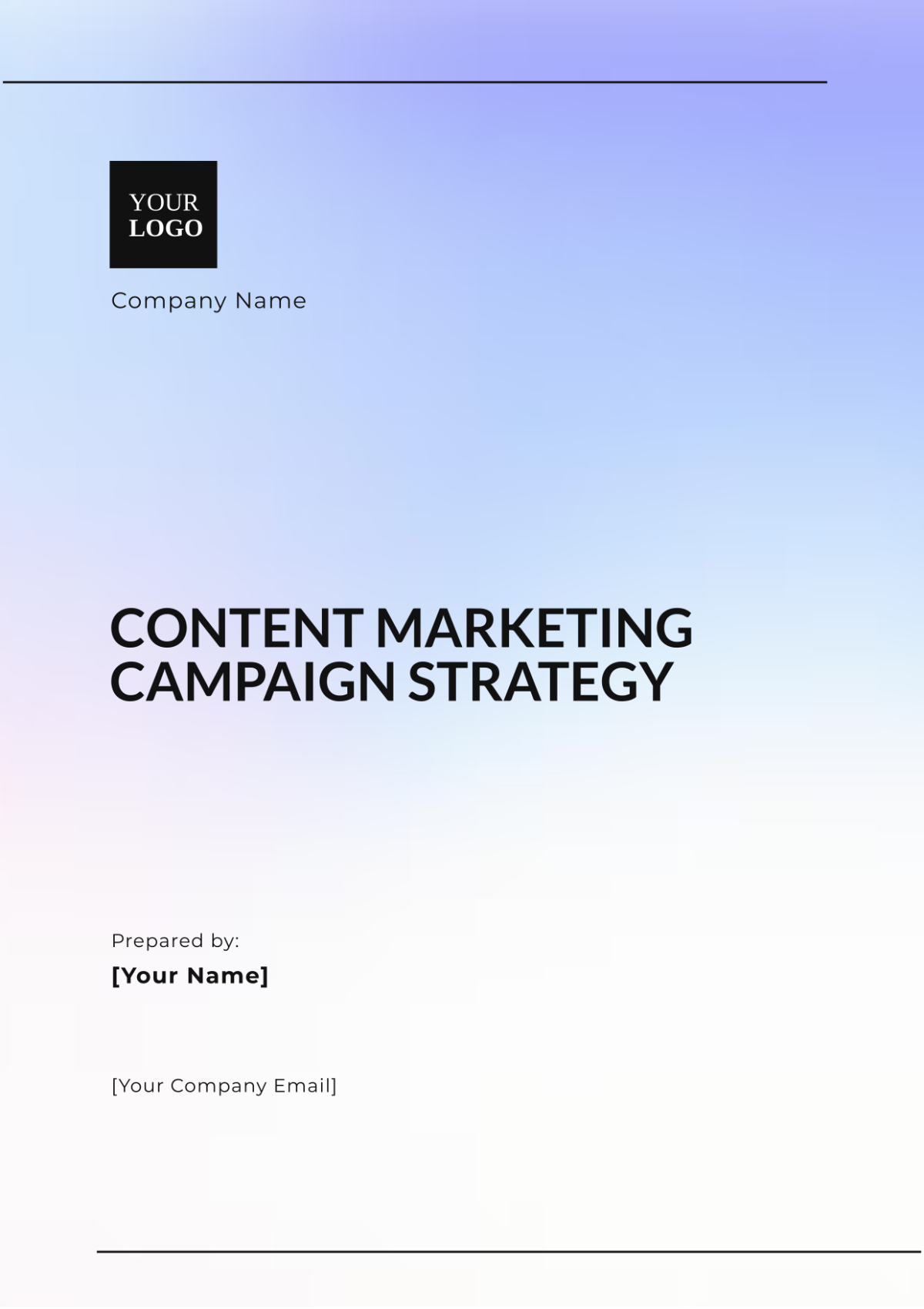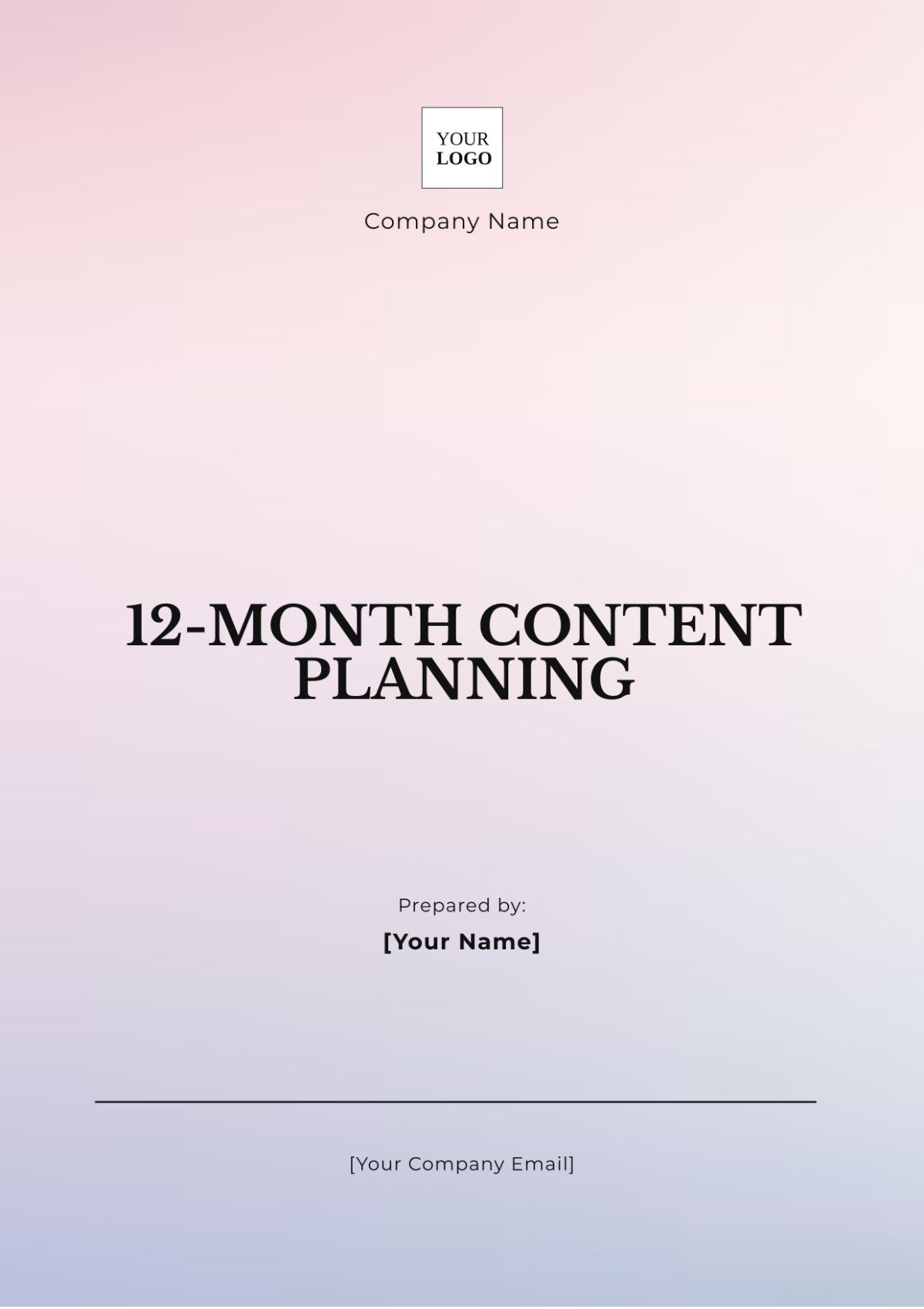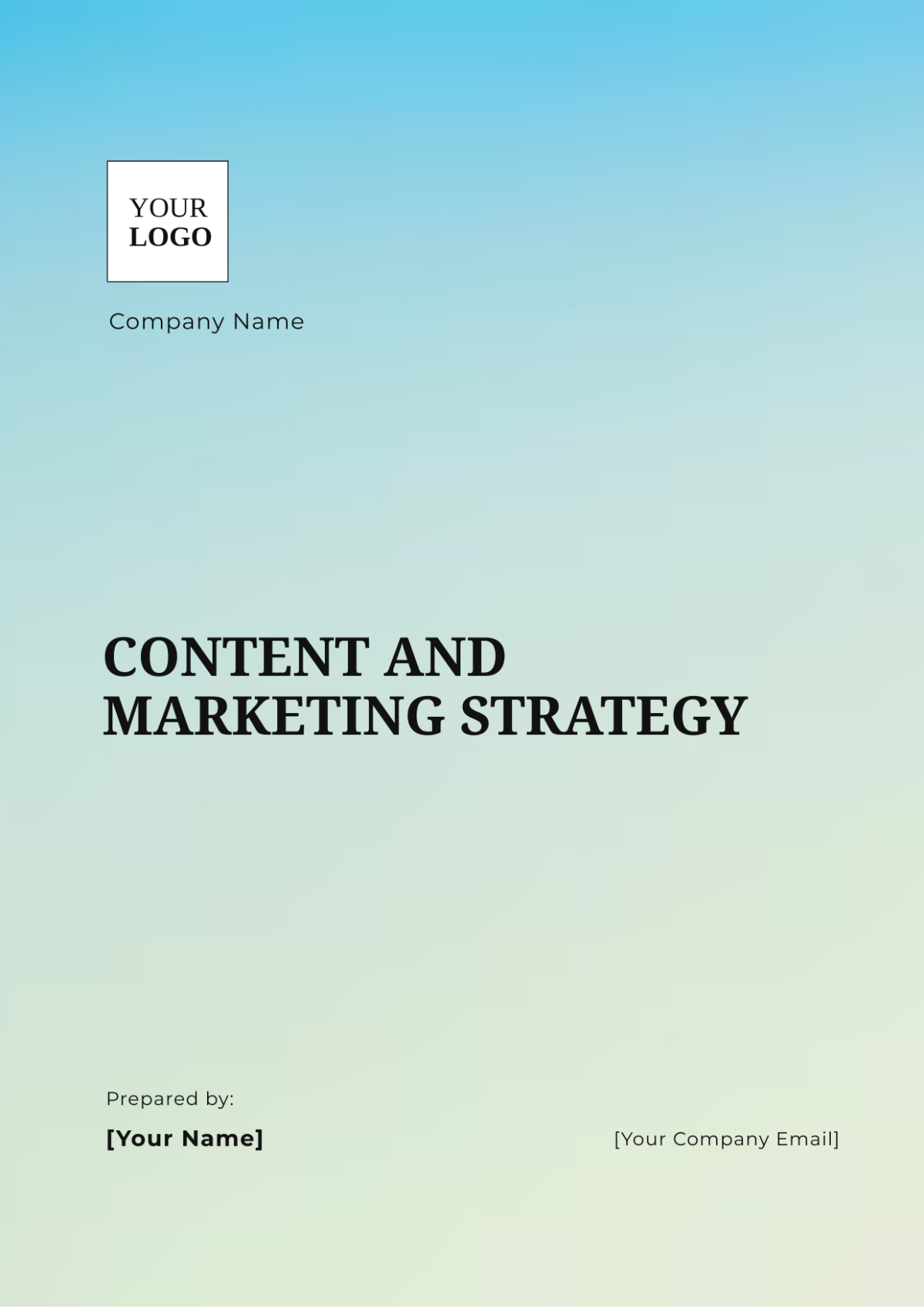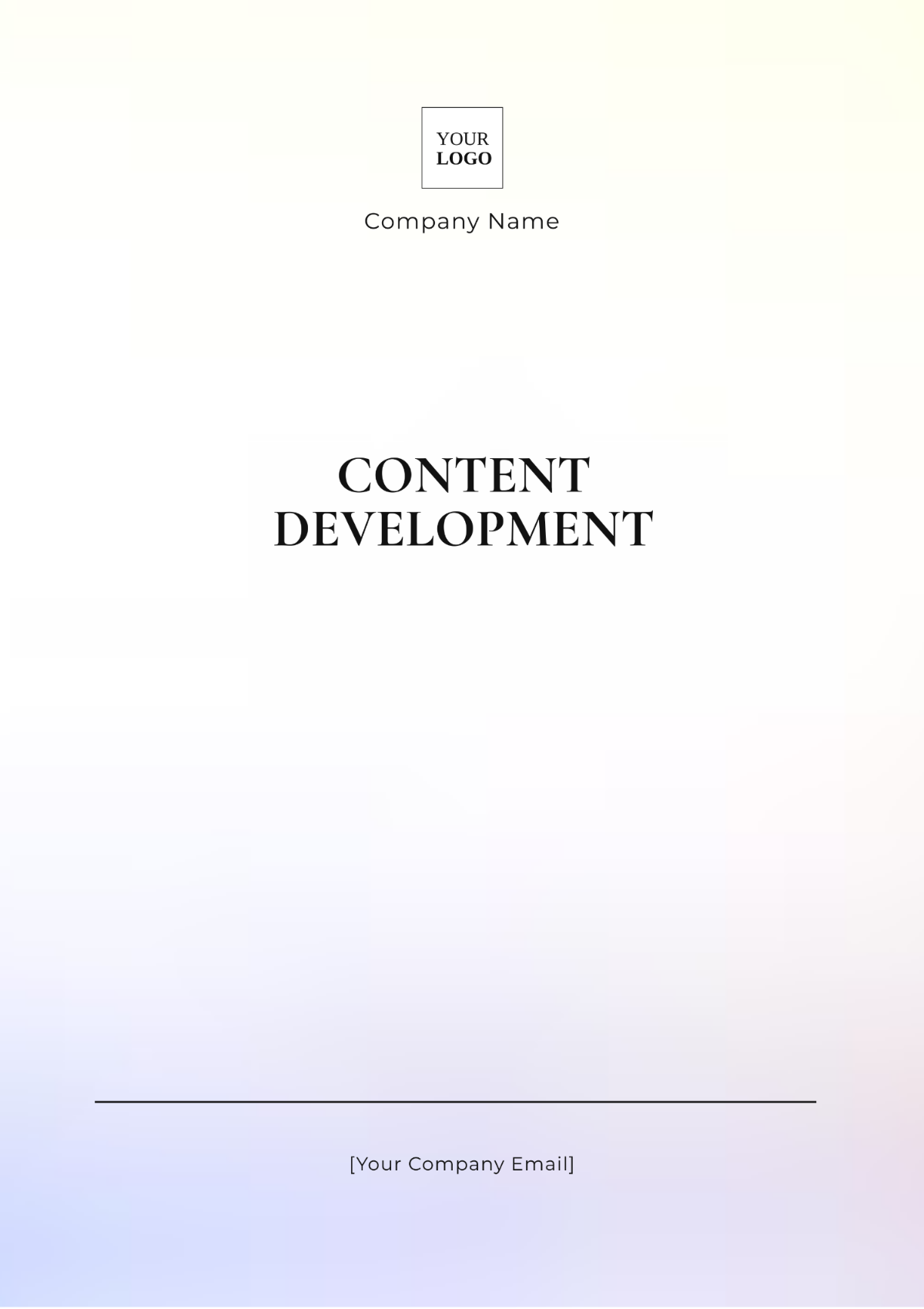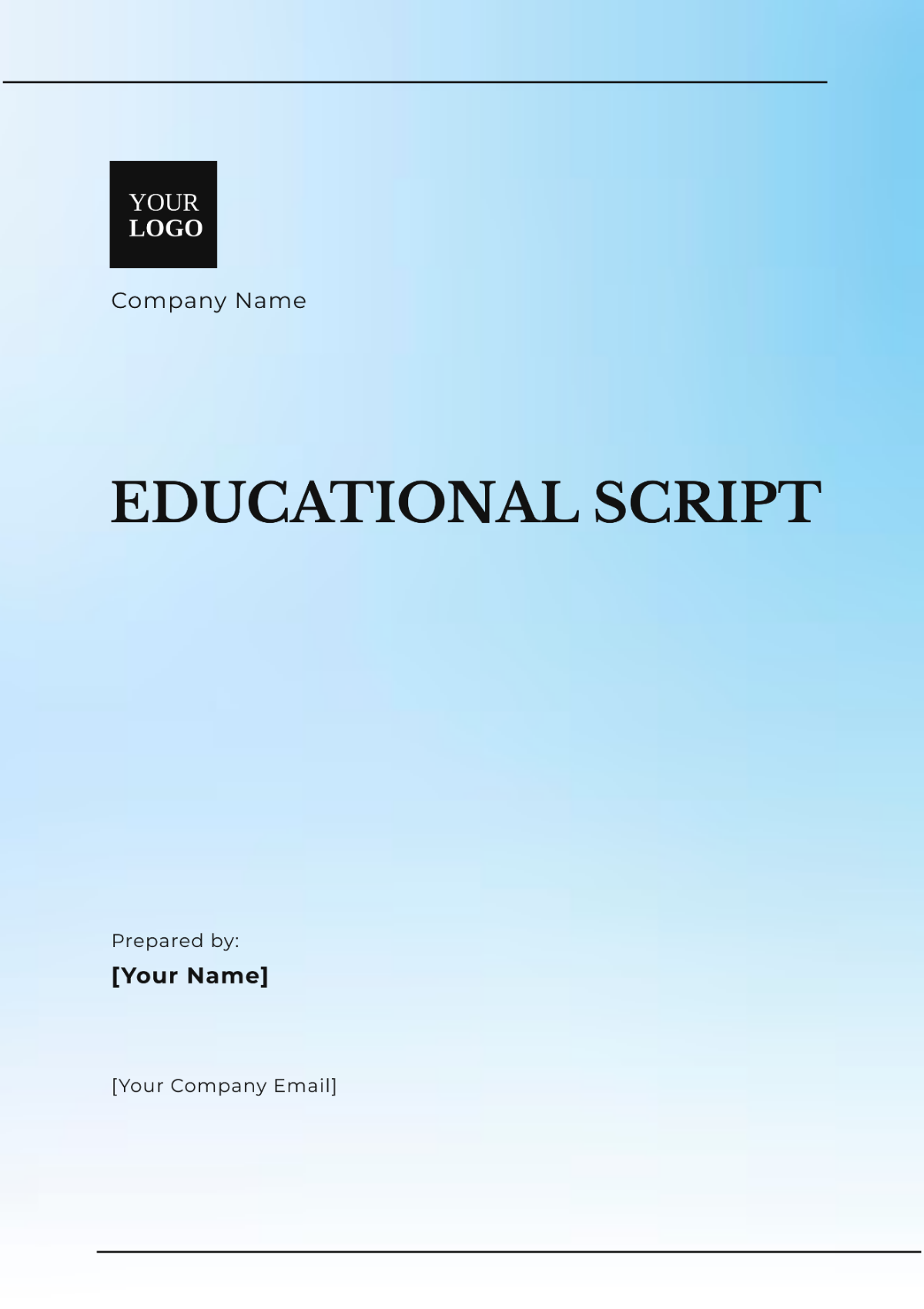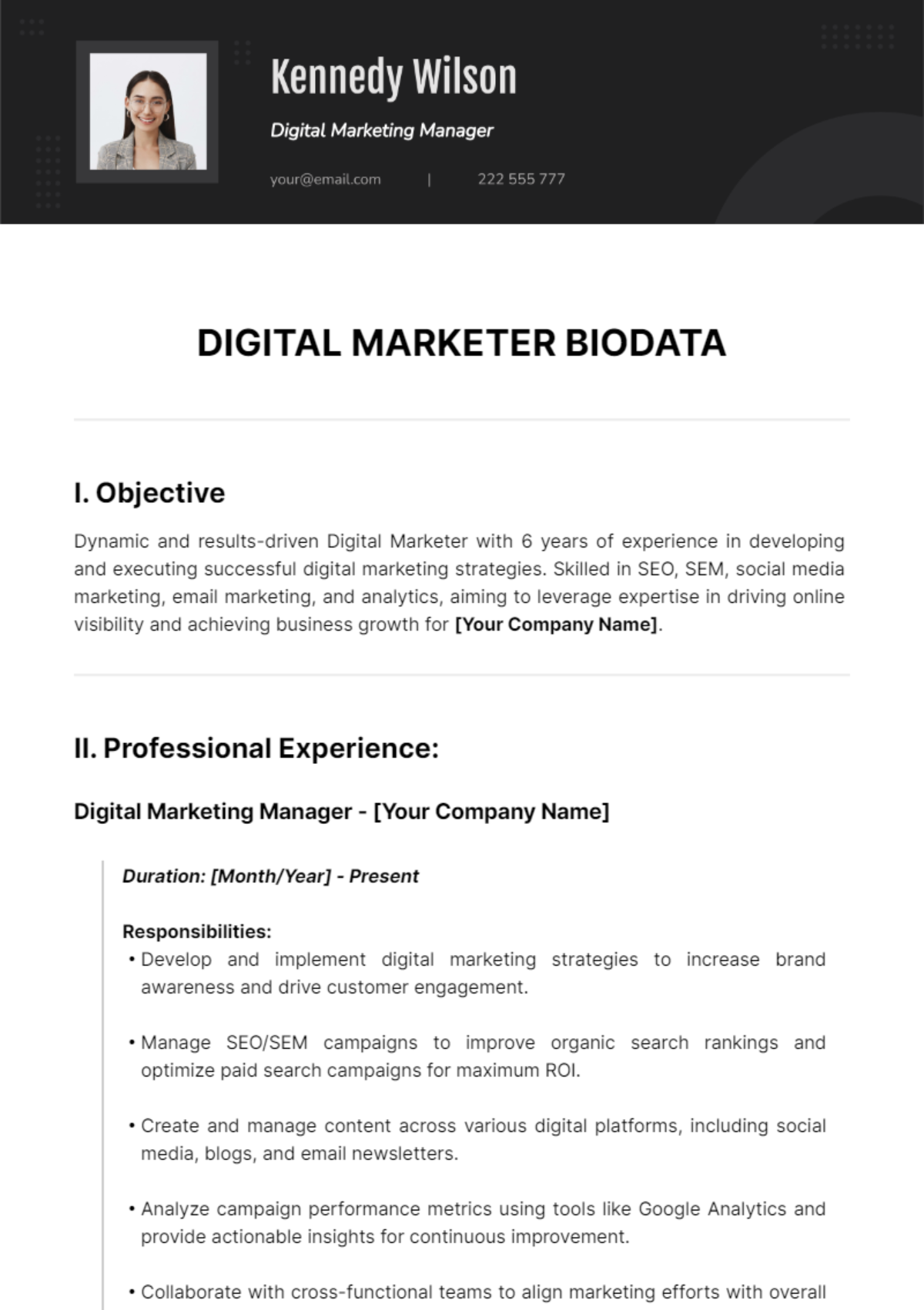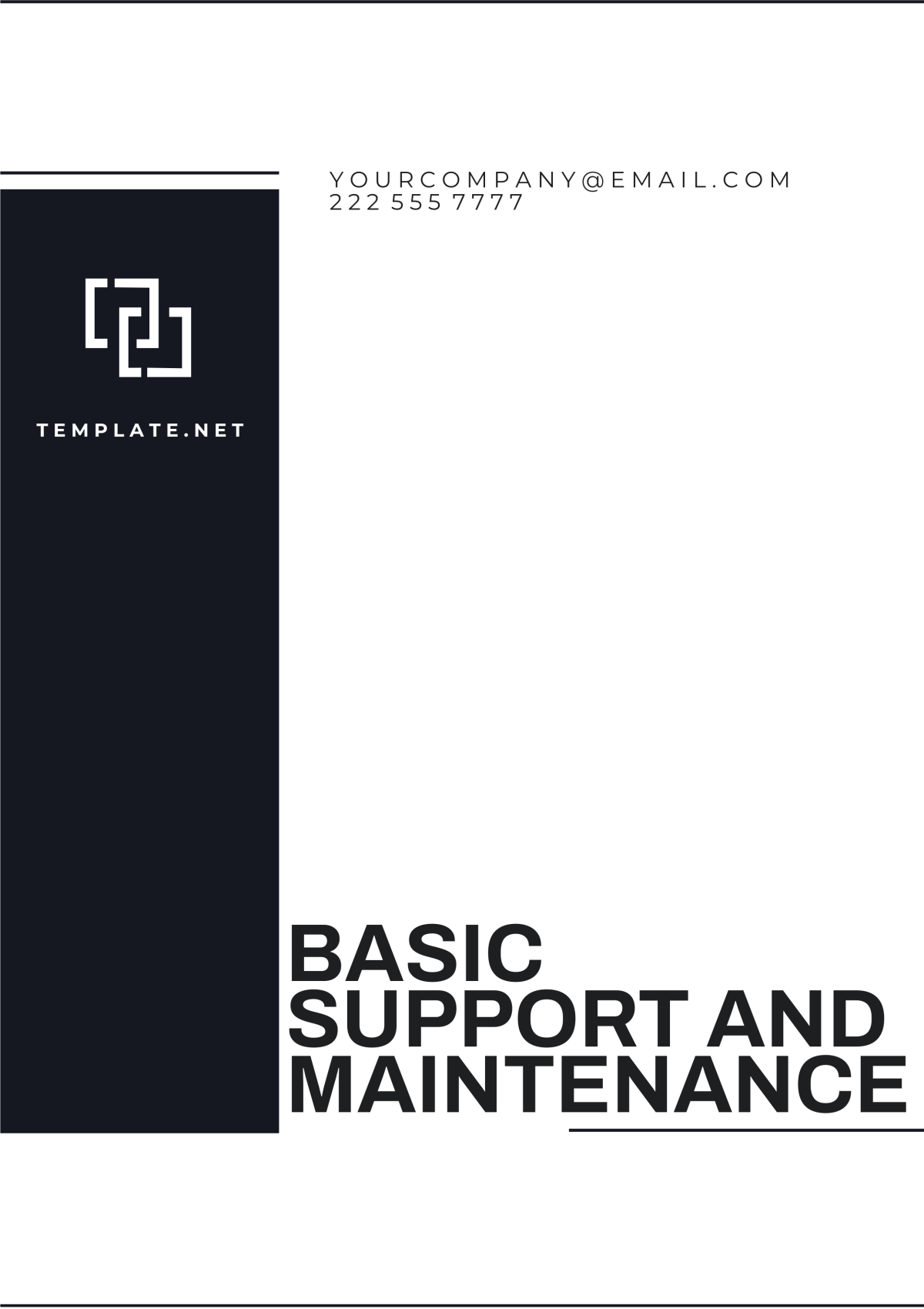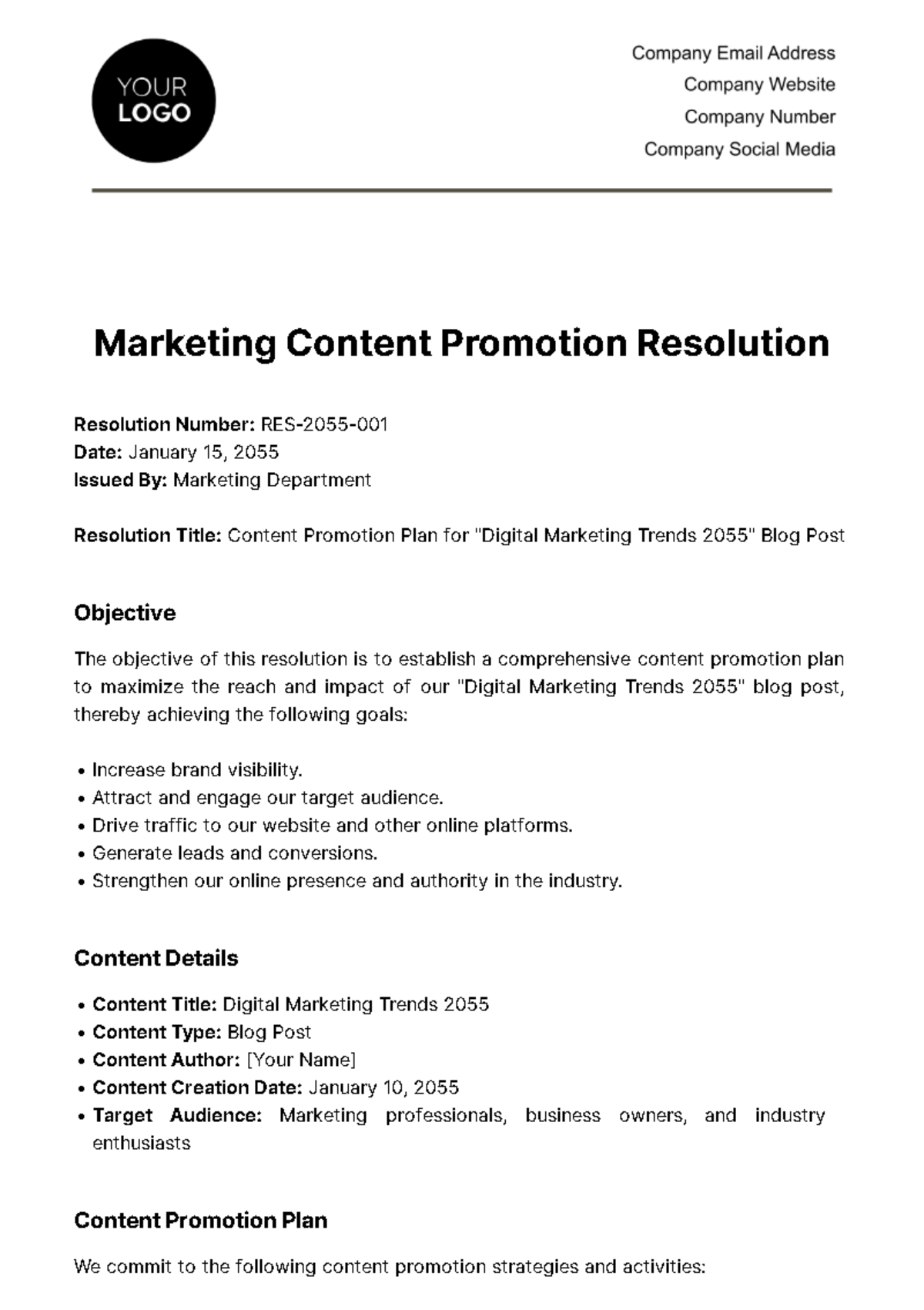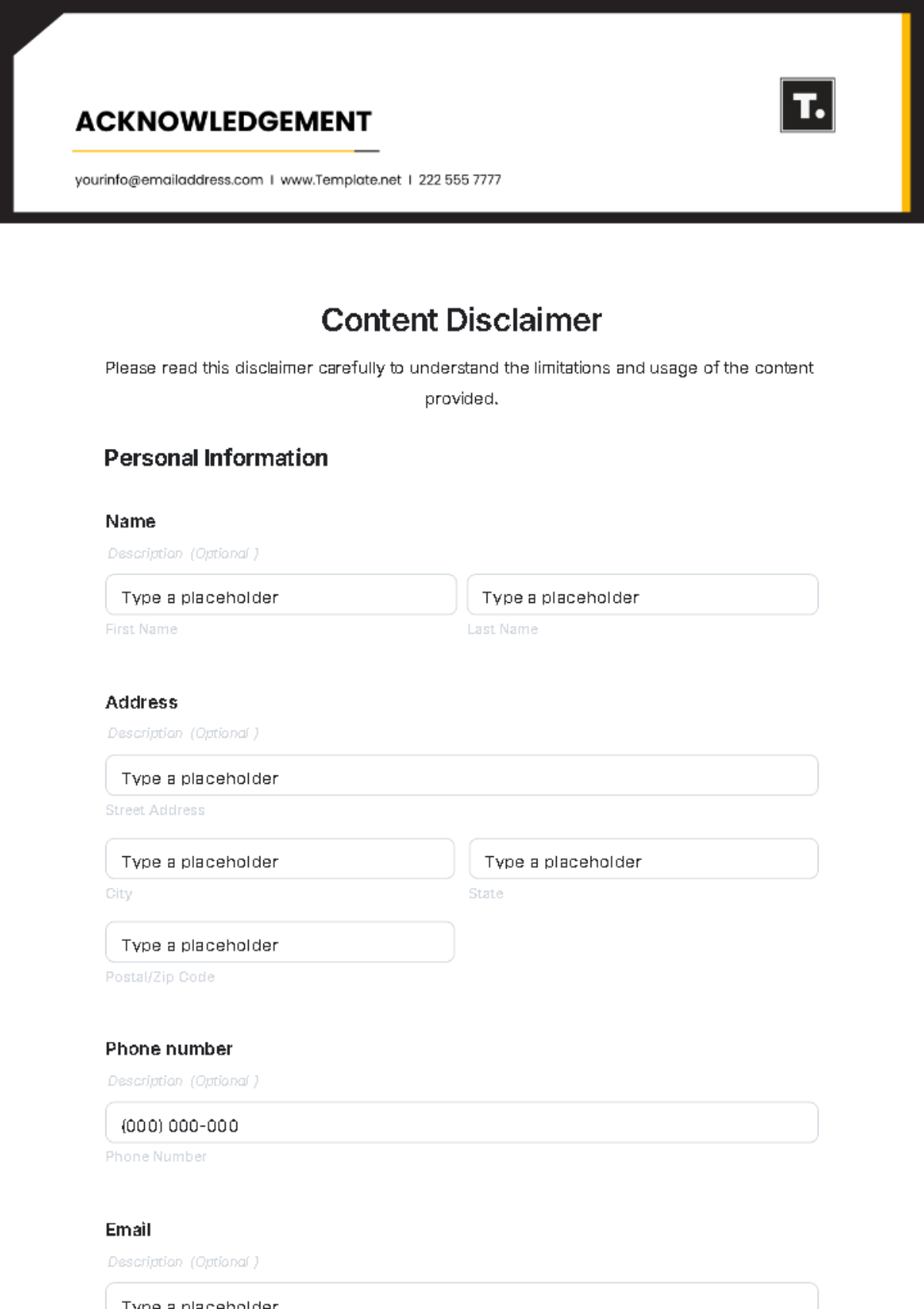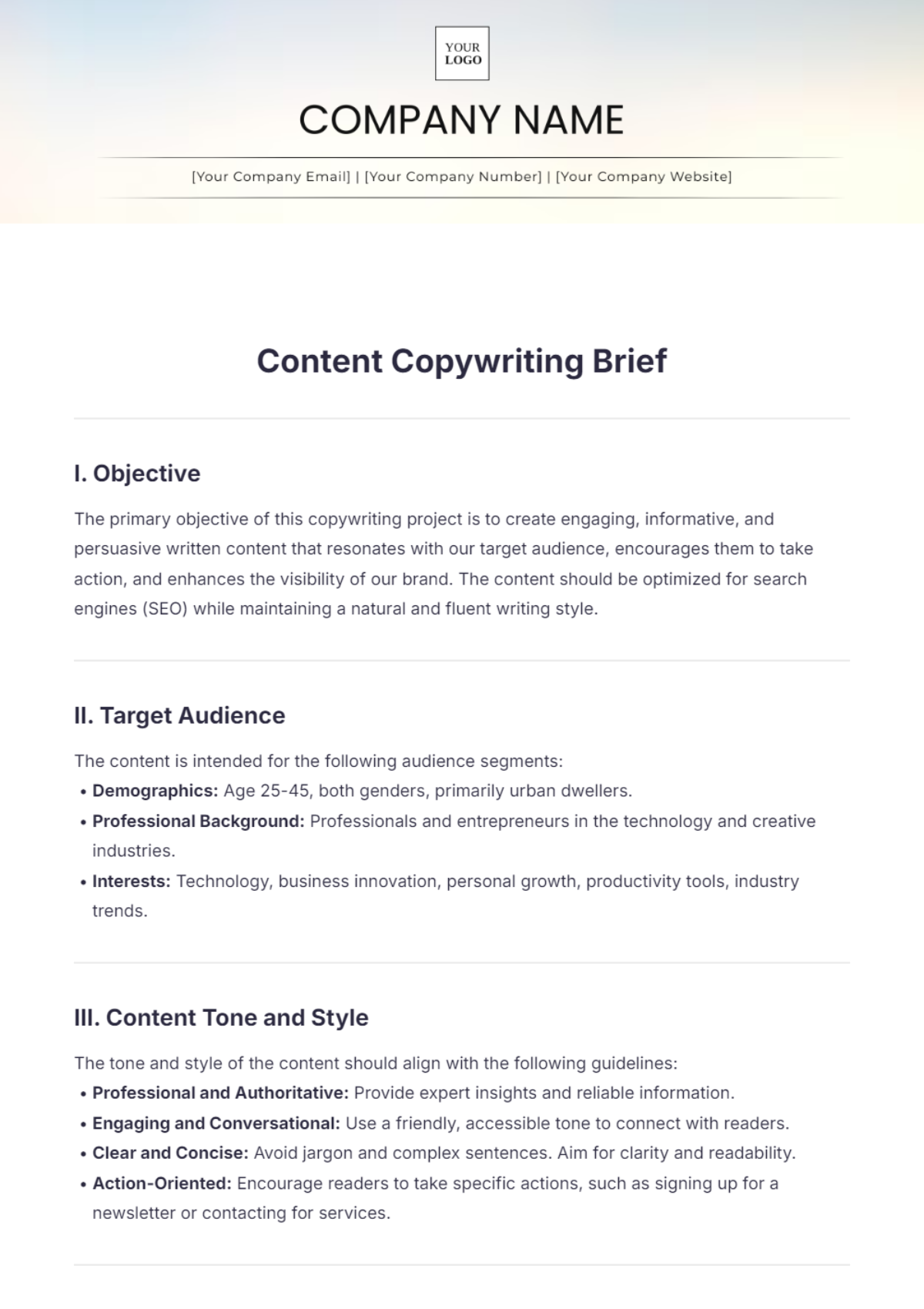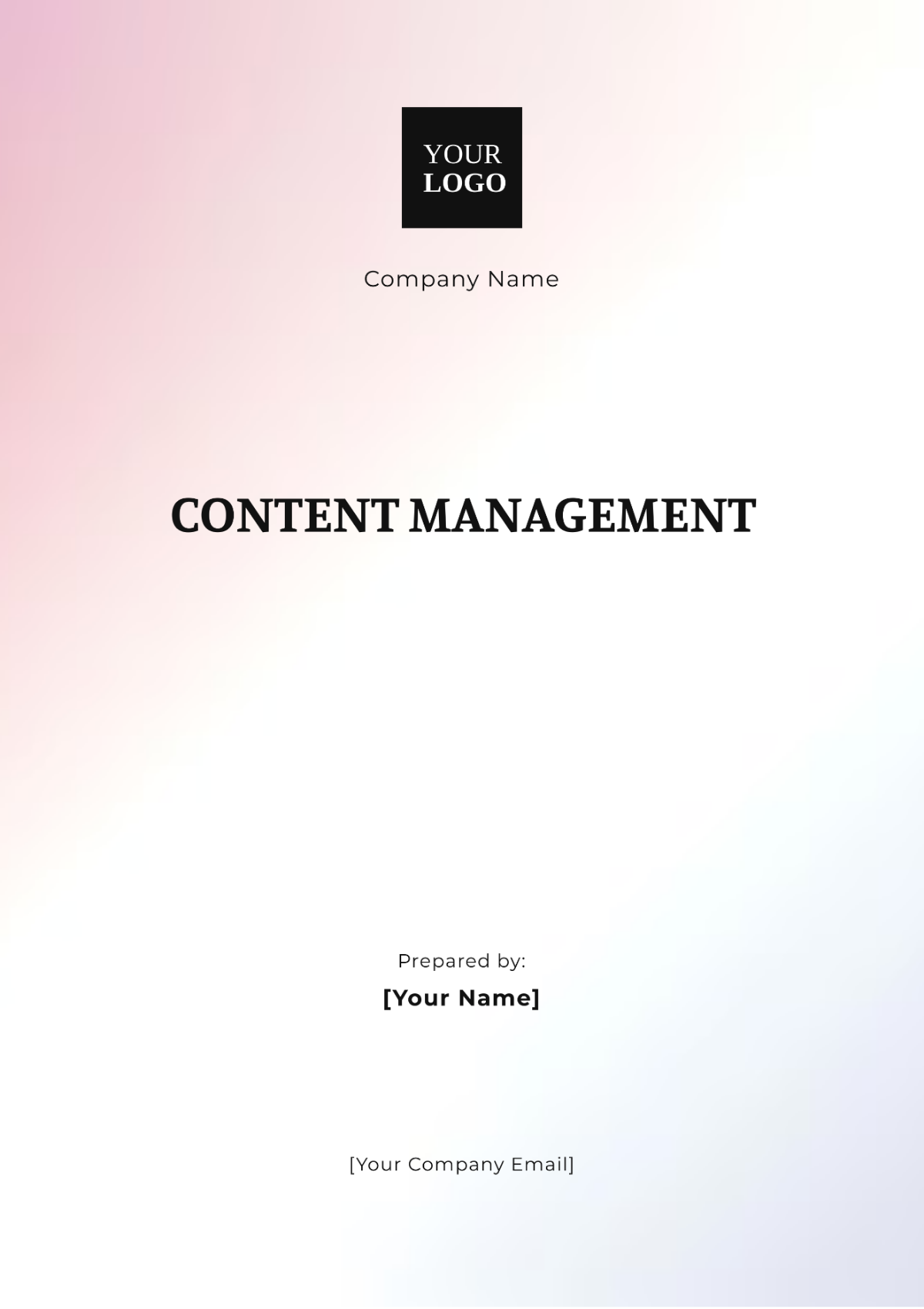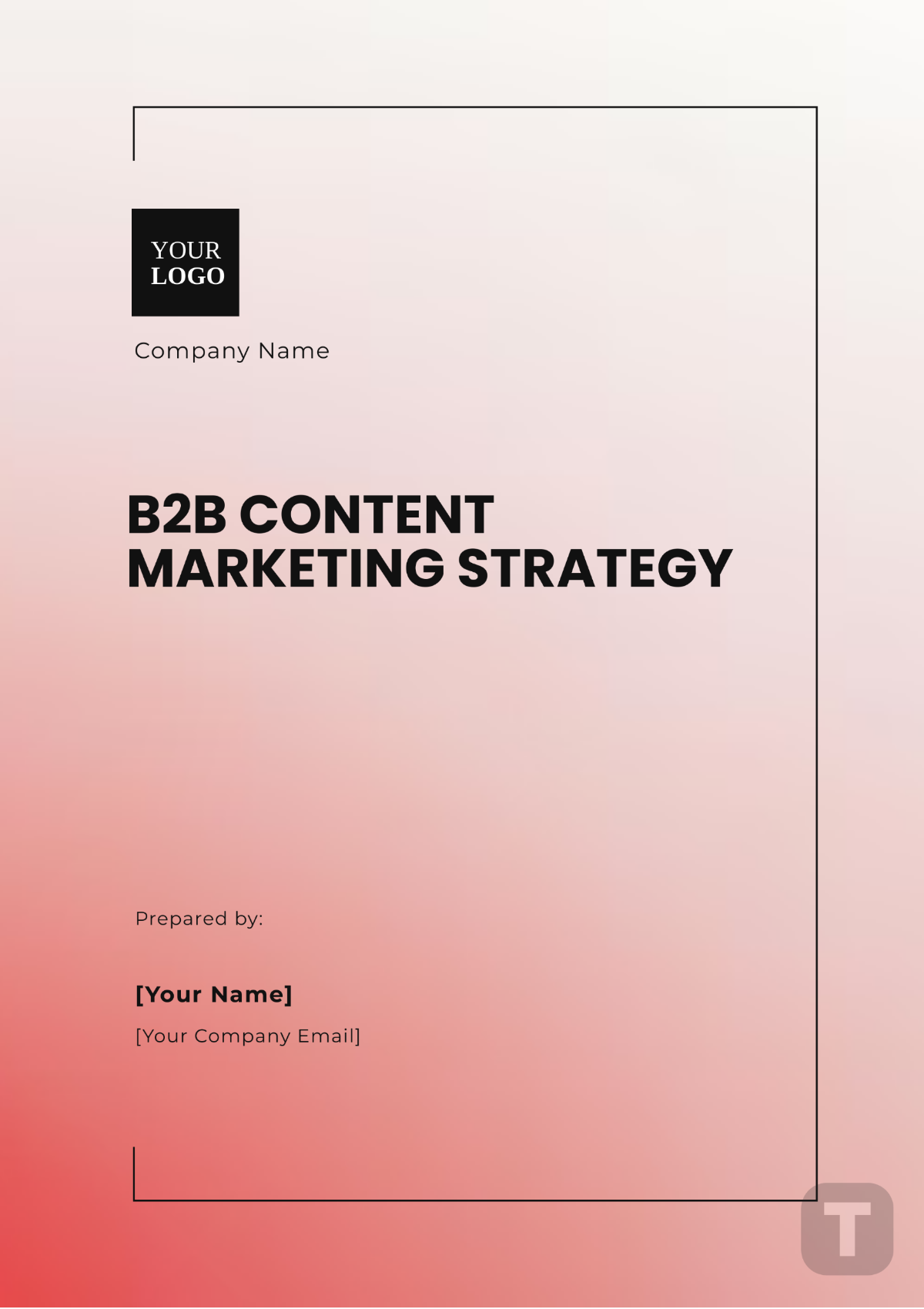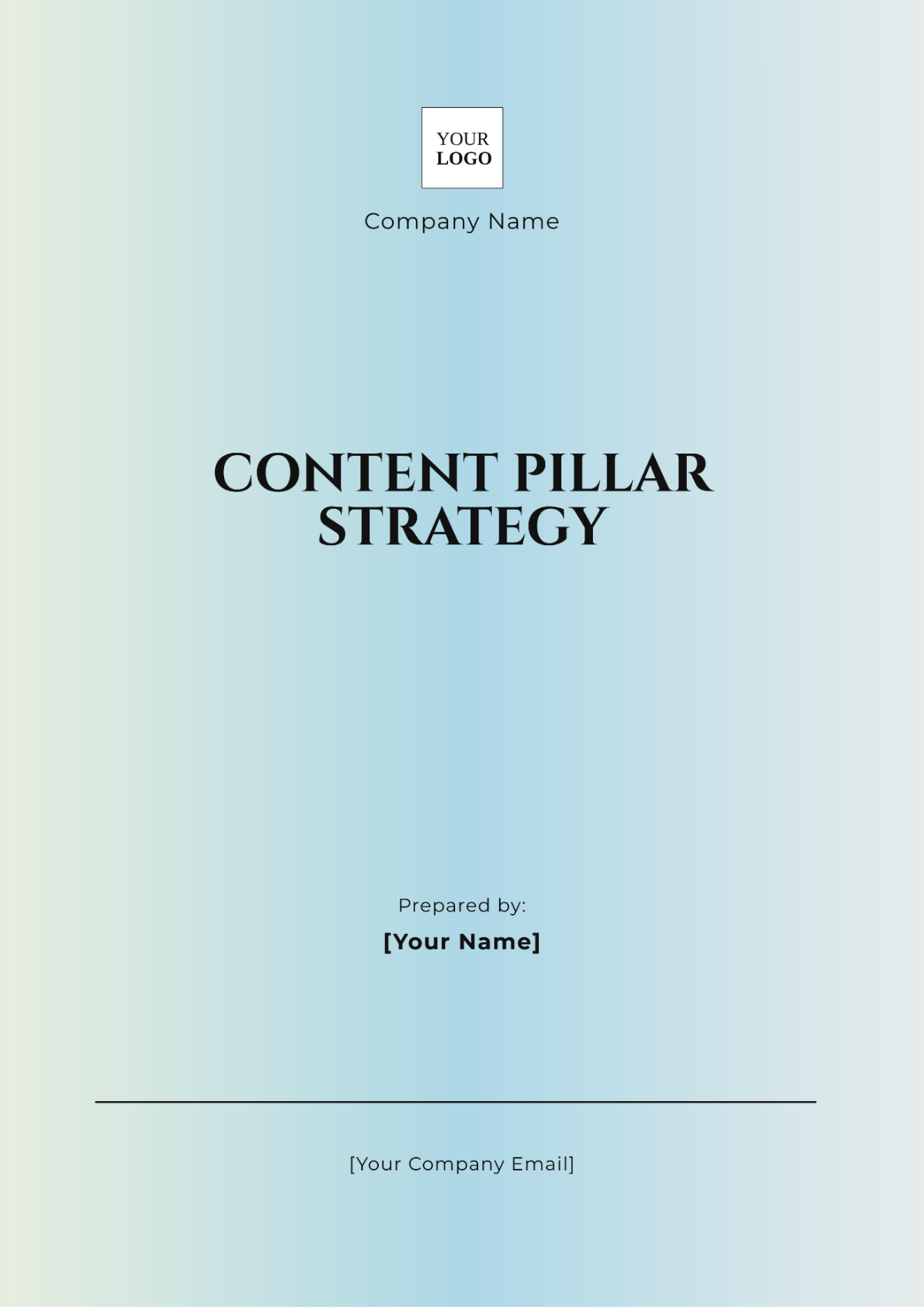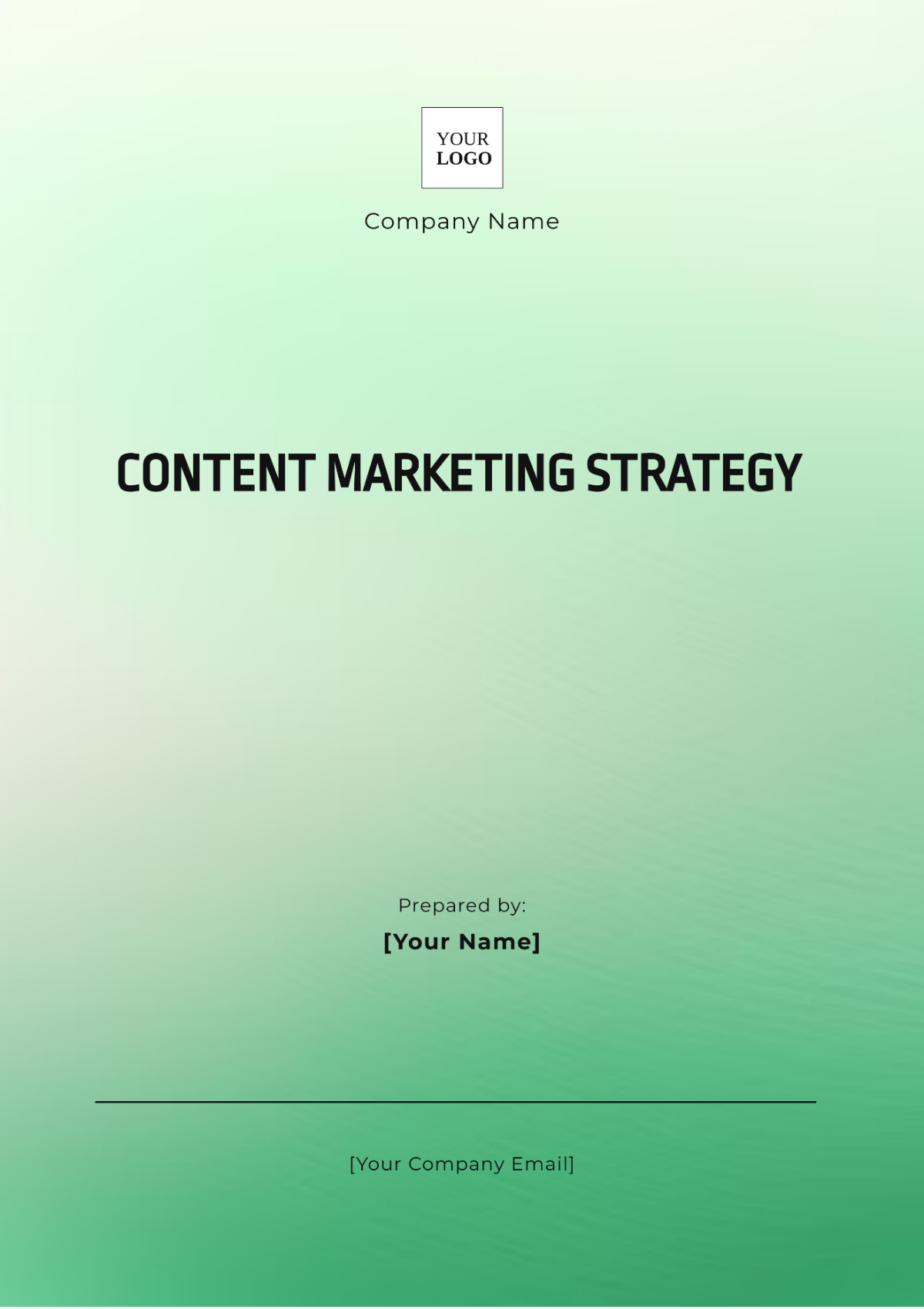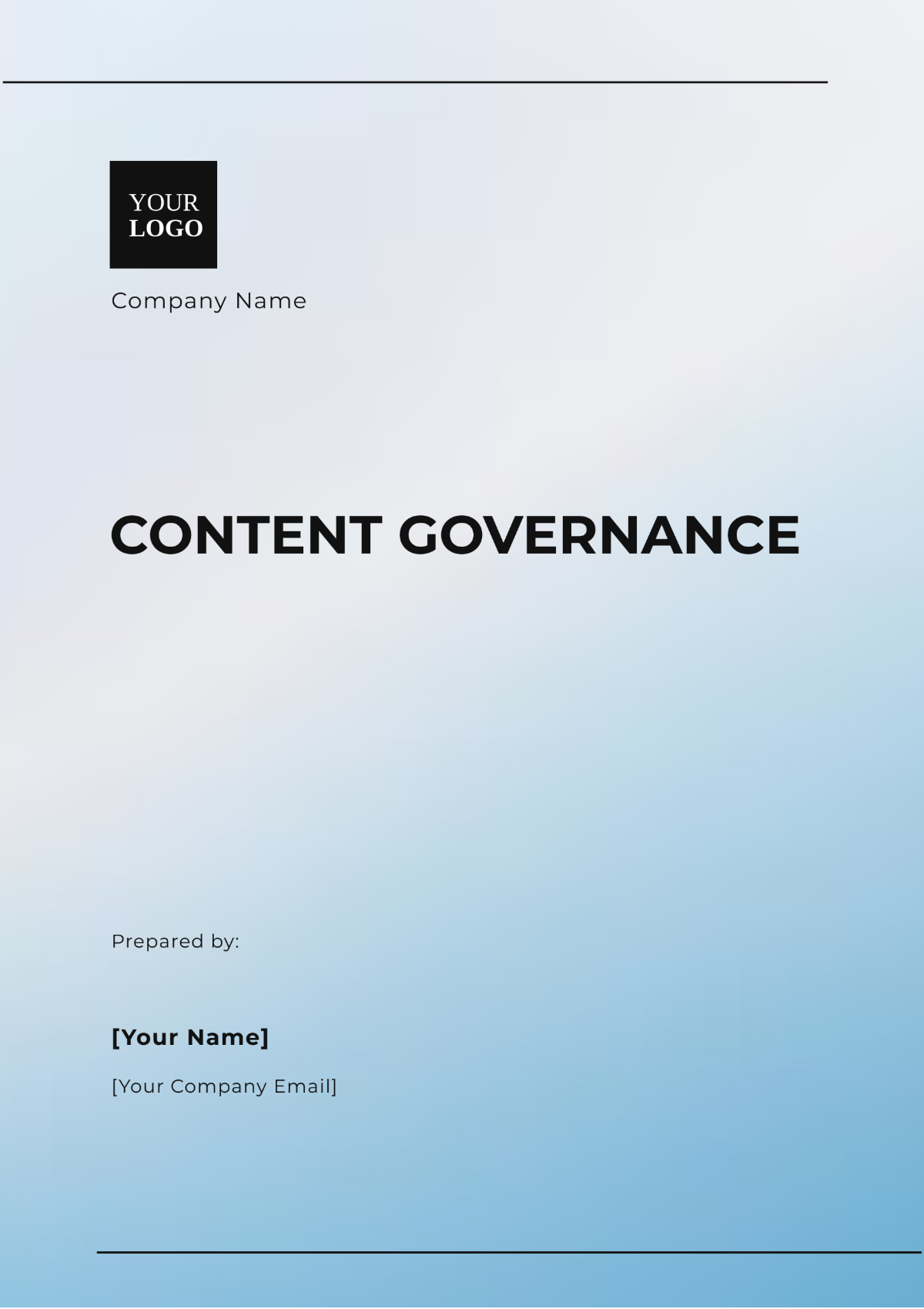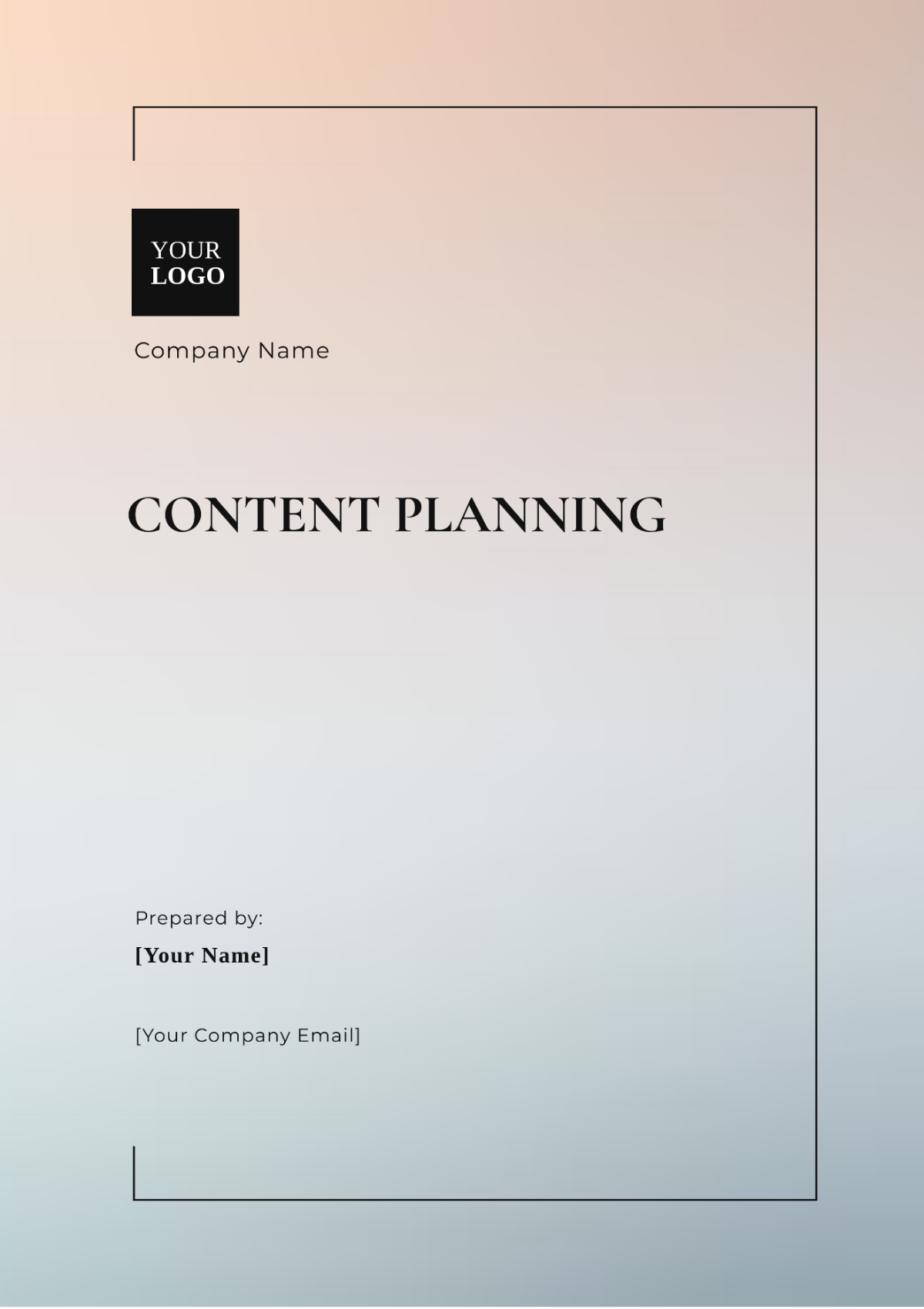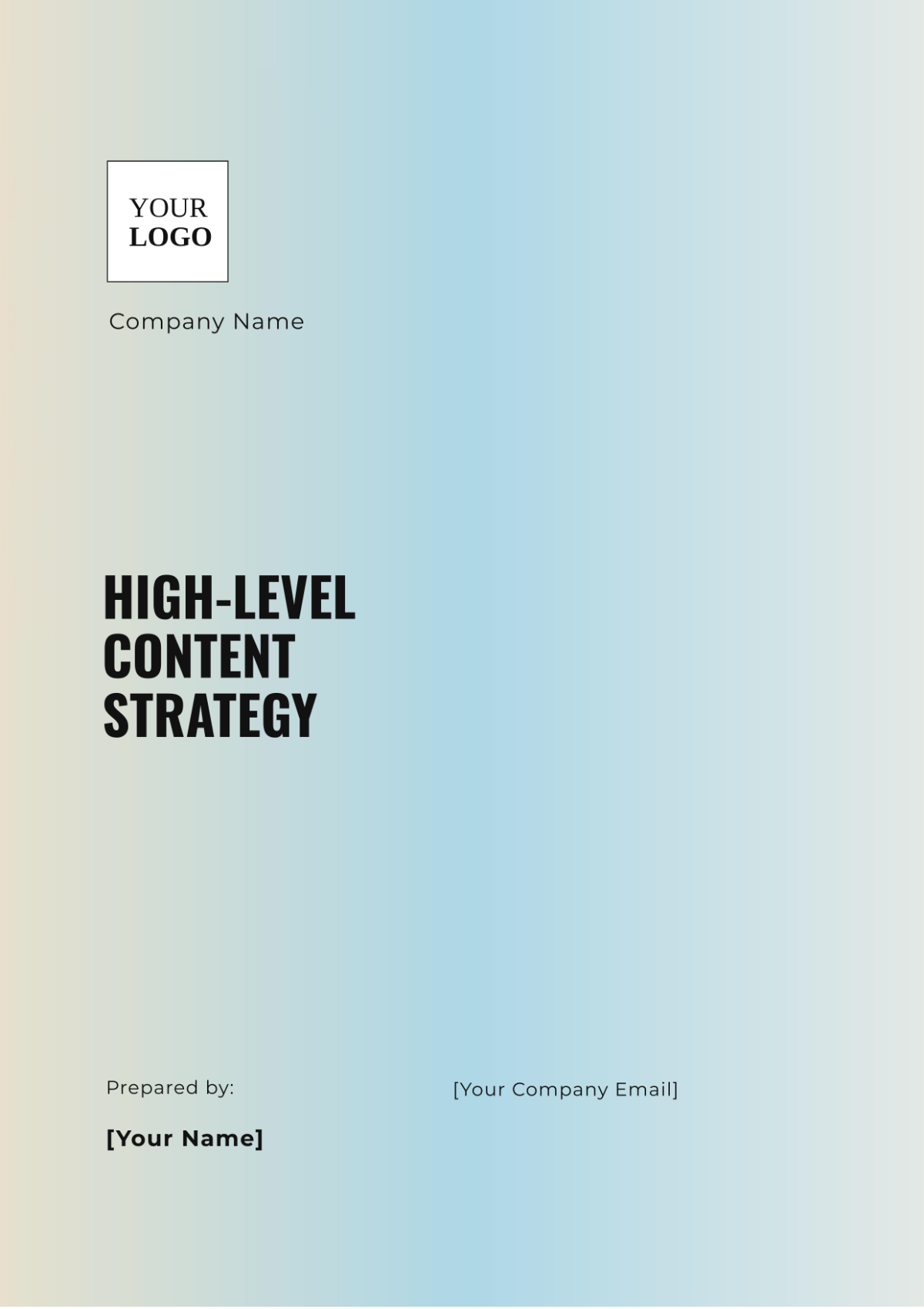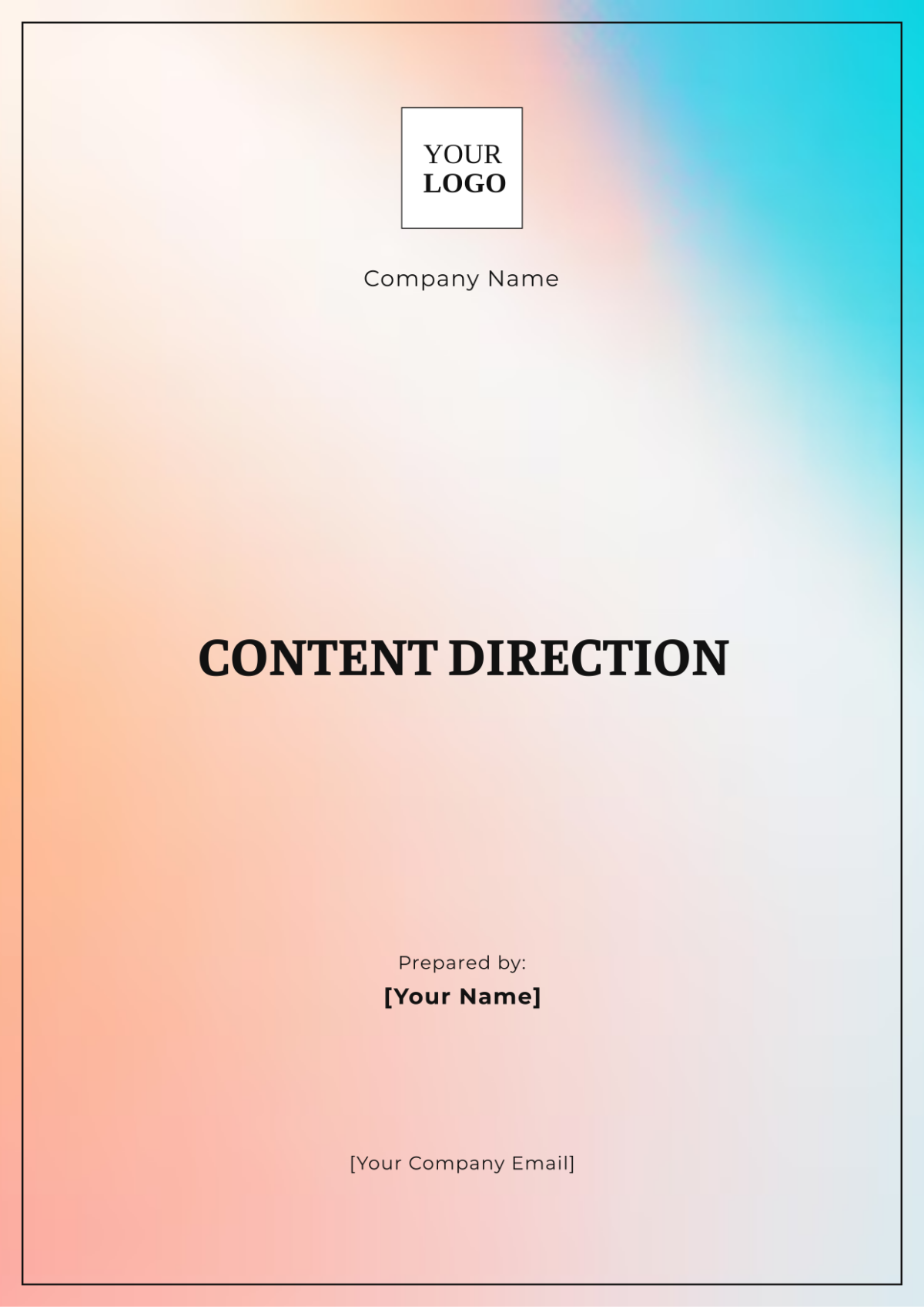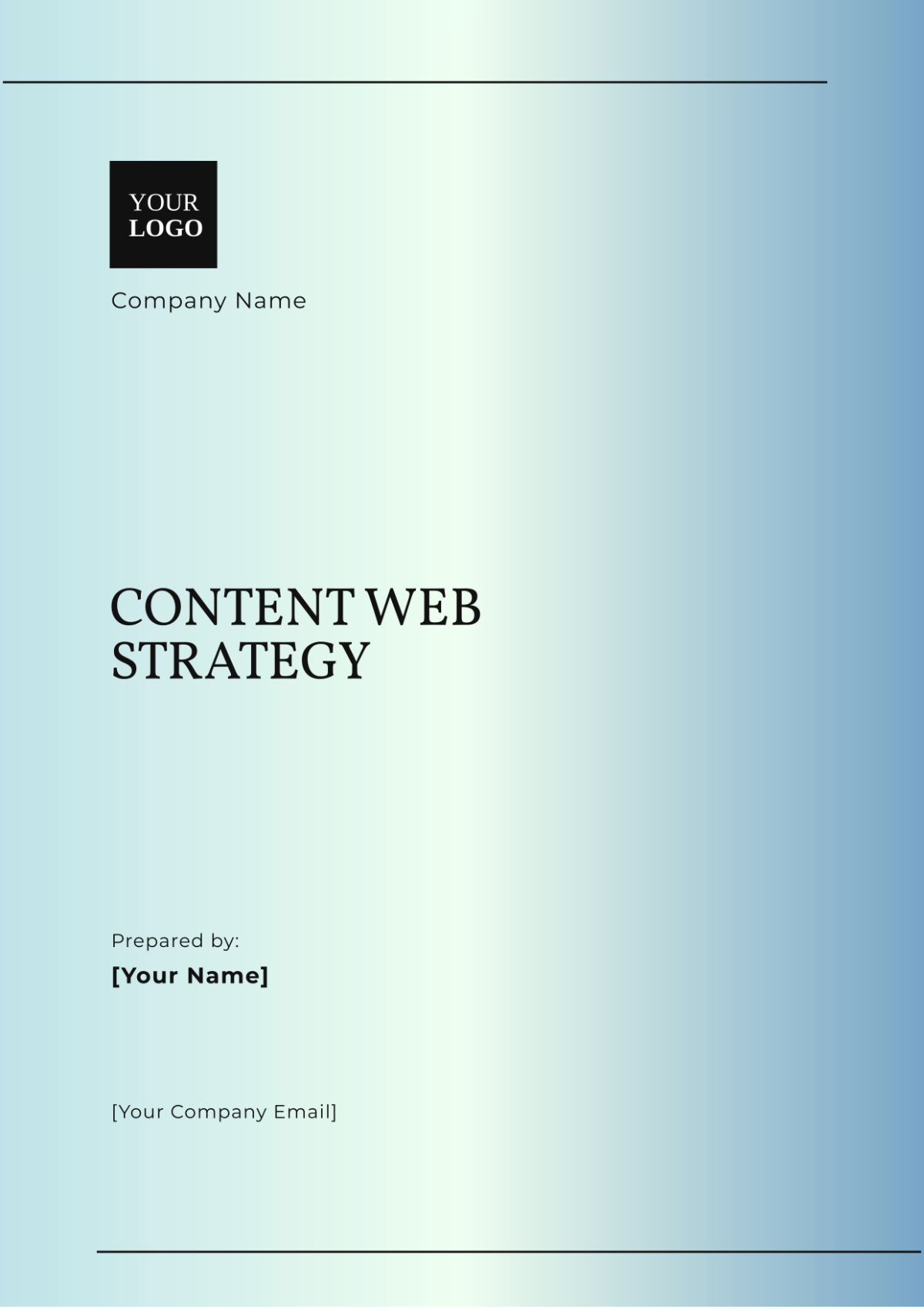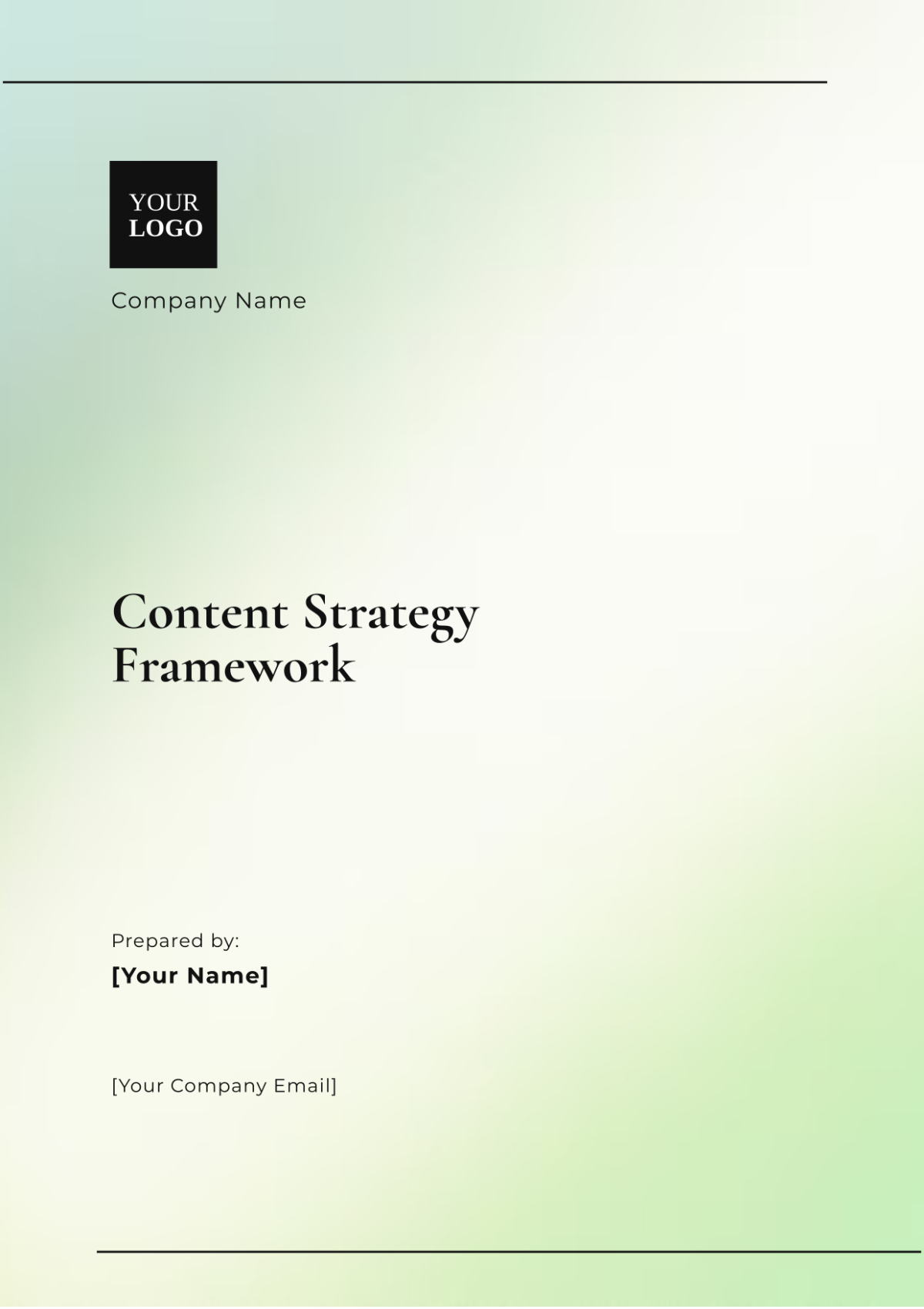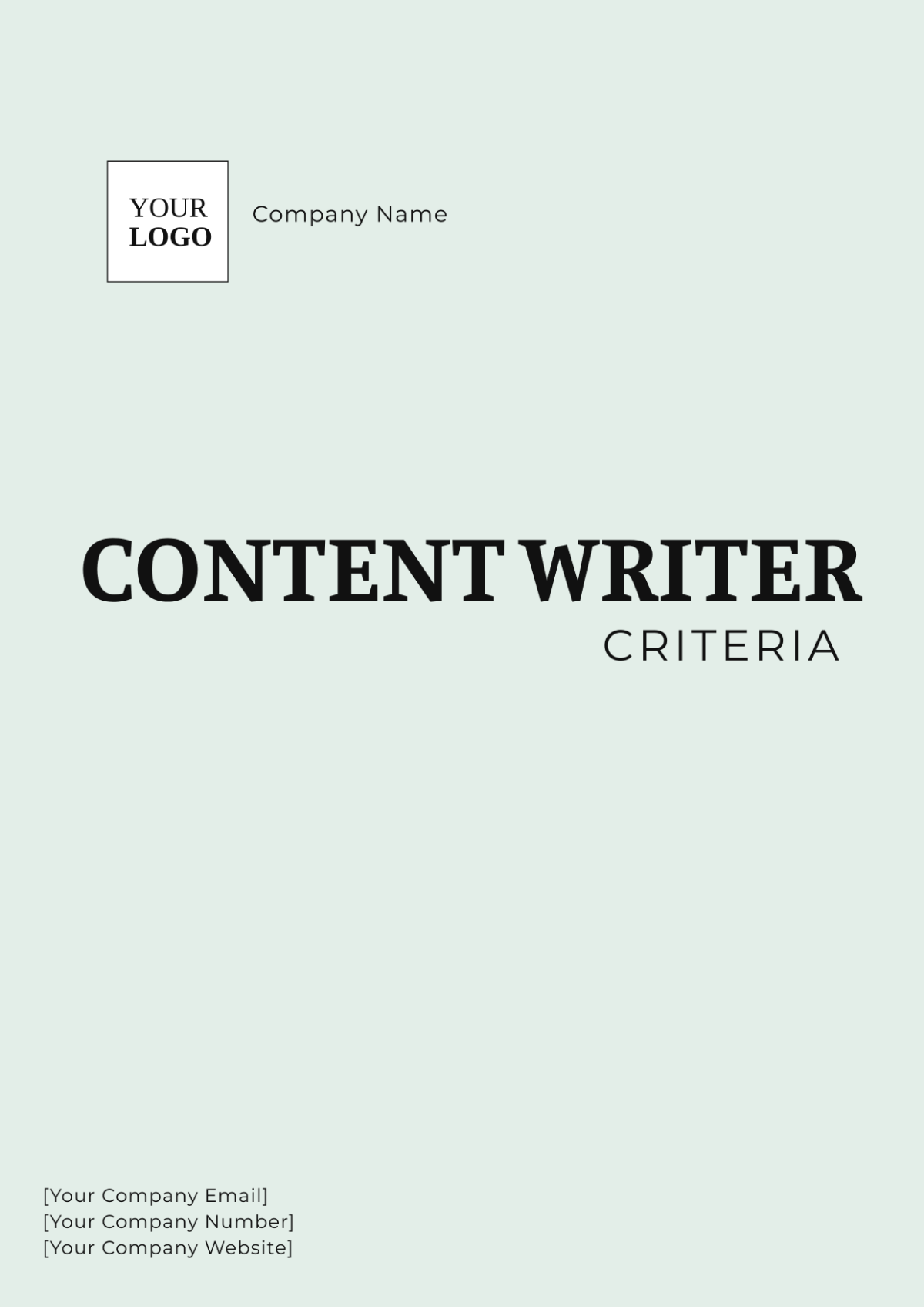Free Content Strategy Document Template
Content Strategy Document
Introduction
This Content Strategy Document is designed to guide the content creation and management efforts of [YOUR COMPANY NAME]. It outlines the objectives, target audience, content types, distribution channels, and performance metrics to ensure all content aligns with the company’s goals and supports effective communication and engagement.
Objectives
The primary objectives of this content strategy are:
To produce high-quality, relevant content that engages [YOUR COMPANY NAME]'s target audience.
To manage content effectively, ensuring consistency and alignment with the company’s brand and goals.
To use content as a tool to drive business growth and customer engagement.
Target Audience
Audience Segment | Description | Needs and Interests |
|---|---|---|
Tech Enthusiasts | Individuals passionate about the latest tech trends and innovations | In-depth tech reviews, news, and analysis |
Small Business Owners | Entrepreneurs looking for technology solutions to improve their businesses | Practical tips, product recommendations, and case studies |
Industry Professionals | Professionals working in the tech industry | Industry insights, professional development content |
Content Types
Content Type | Description | Frequency |
|---|---|---|
Blog Posts | In-depth articles on tech trends, product reviews, and industry news | Weekly |
Whitepapers | Detailed reports on specific topics or research findings | Quarterly |
Videos | Tutorials, product demos, and expert interviews | Bi-weekly |
Distribution Channels
Channel | Description | Purpose |
|---|---|---|
Website | Main platform for hosting blog posts, whitepapers, and videos | Central hub for all content |
Social Media | Platforms such as Facebook, Twitter, LinkedIn, and YouTube | Driving engagement and traffic to the website |
Email Newsletters | Regular updates sent to subscribers | Nurturing leads and maintaining audience engagement |
Content Creation Process
Planning: Identify content topics and assign responsibilities to content creators.
Creation: Develop content following the guidelines and objectives outlined in this strategy.
Review: Conduct a thorough review and approval process involving key stakeholders.
Publishing: Distribute content through the designated channels.
Analysis: Measure the performance of content using predefined metrics.
Content Management
Aspect | Description | Responsible Person |
|---|---|---|
Content Calendar | A schedule of content to be published, including topics, deadlines, and channels. | [YOUR NAME] |
Content Repository | A central location for storing and managing all content assets. | [YOUR NAME] |
Content Guidelines | A set of standards and practices for content creation to ensure consistency. | [YOUR NAME] |
Performance Metrics
Metric | Description | Target |
|---|---|---|
Engagement Rate | Measures the level of interaction with content (likes, shares, comments). | 10% increase by December 31, 2050 |
Traffic | Tracks the number of visitors to the content. | 20,000 monthly visitors by December 31, 2050 |
Conversion Rate | Measures the percentage of visitors who take a desired action (sign-ups, purchases). | 5% conversion rate by December 31, 2050 |
Review and Update Schedule
This Content Strategy Document will be reviewed and updated annually to ensure it remains aligned with [YOUR COMPANY NAME]'s goals and the evolving needs of the target audience.
Next Review Date: January 1, 2051
Contact Information
For any questions or additional information regarding this content strategy, please contact:
[YOUR NAME]
[YOUR EMAIL]
[YOUR COMPANY NAME]
[YOUR COMPANY ADDRESS]
[YOUR COMPANY NUMBER]
This document serves as a guide for [YOUR COMPANY NAME]'s content creation and management efforts, ensuring that all content produced is consistent, relevant, and effective in achieving the company’s objectives.
